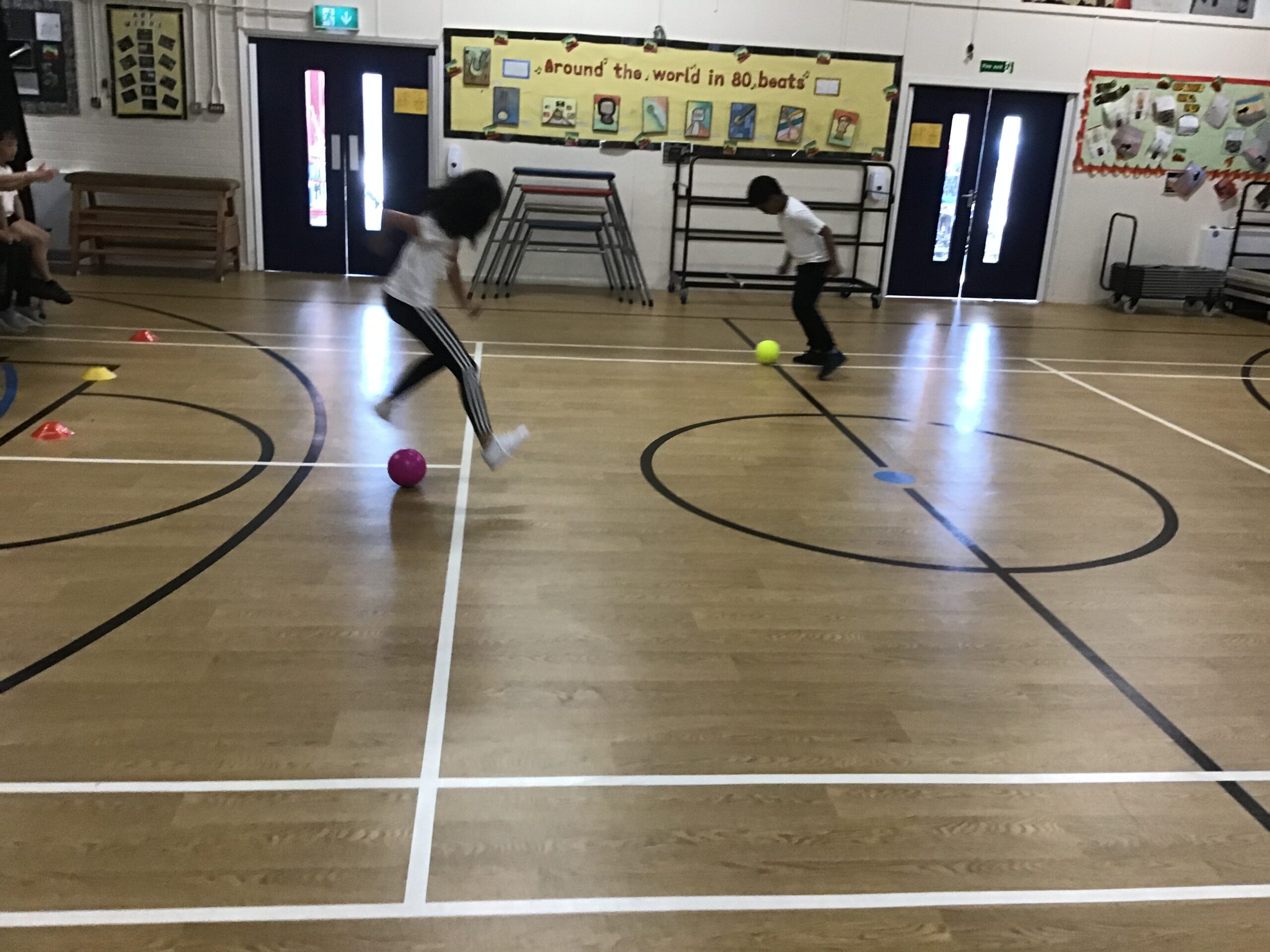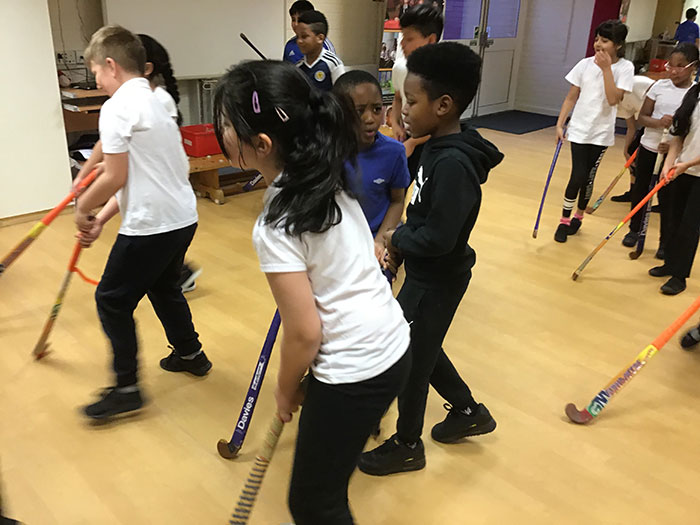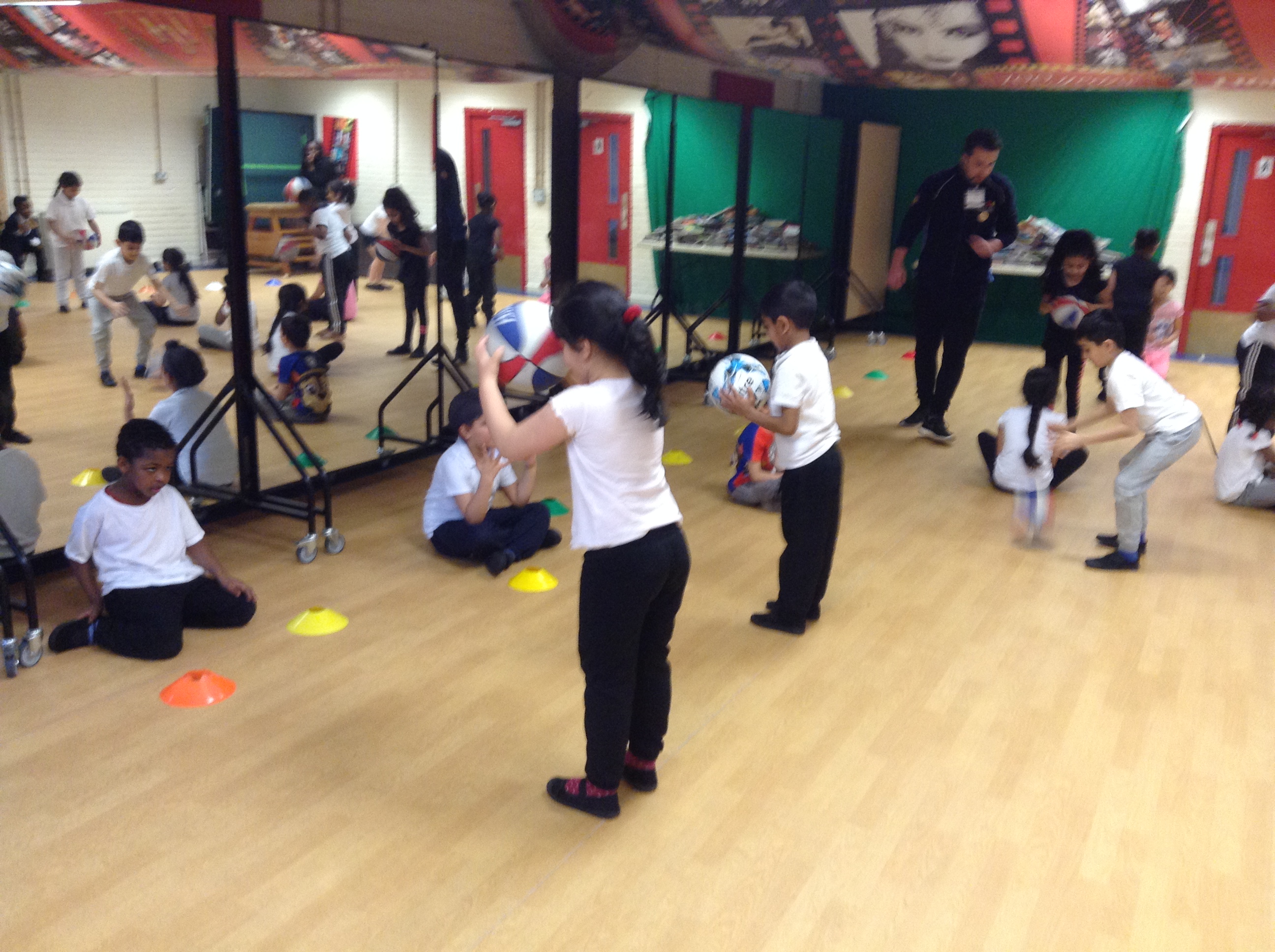PE
Physical Education:
‘Young children don’t need to be trained in sports; they need to be physically educated’ – REAL PE…
Vision: In Physical education, at VPA, we are committed to developing, not only our children’s physical health, but also their mental well-being. Physical education will provide opportunities for the children to participate and develop confidence in many different activities, become competent at fundamental skills and take part in competitive sports.
What we teach: Our PE curriculum is taught through the REAL PE scheme of work, which builds skills progressively from Reception to Year 6. The curriculum is divided into 6 cogs, applying physical, social, creative, cognitive, personal and health & fitness. This allows for all children to develop a broad range of skills.
In the early years, physical development is part of the daily curriculum, where children participate in a range of activities to increase their fine motor skills. We also encourage them to improve their communication skills, along with their personal and social development as per the EYFS framework.
In key stage 1, pupils will develop their fundamental skills, agility, balance and co-ordination, by becoming increasingly competent and confident in a range of physical activities. Our children will have the opportunity to engage in competition, both self and peer, within the curriculum.
In key stage 2, pupils should continue to apply and develop a broader range of skills, learning how to use them in different ways and to link them to make actions and sequences of movement. They will further develop communicating, collaborating and competing with each other.
In year 5, in line with statutory expectations, all our children attend swimming and water-safety lessons with the aim that all of our children can:
Perform safe self-rescue in different water-based situations
- Swim competently, confidently and proficiently over a distance of at least 25 metres
- Use a range of strokes effectively, for example, front crawl, backstroke and breaststroke.
- Parents are encouraged to take advantage of local recreational swimming opportunities in order to give children additional swimming practice.



